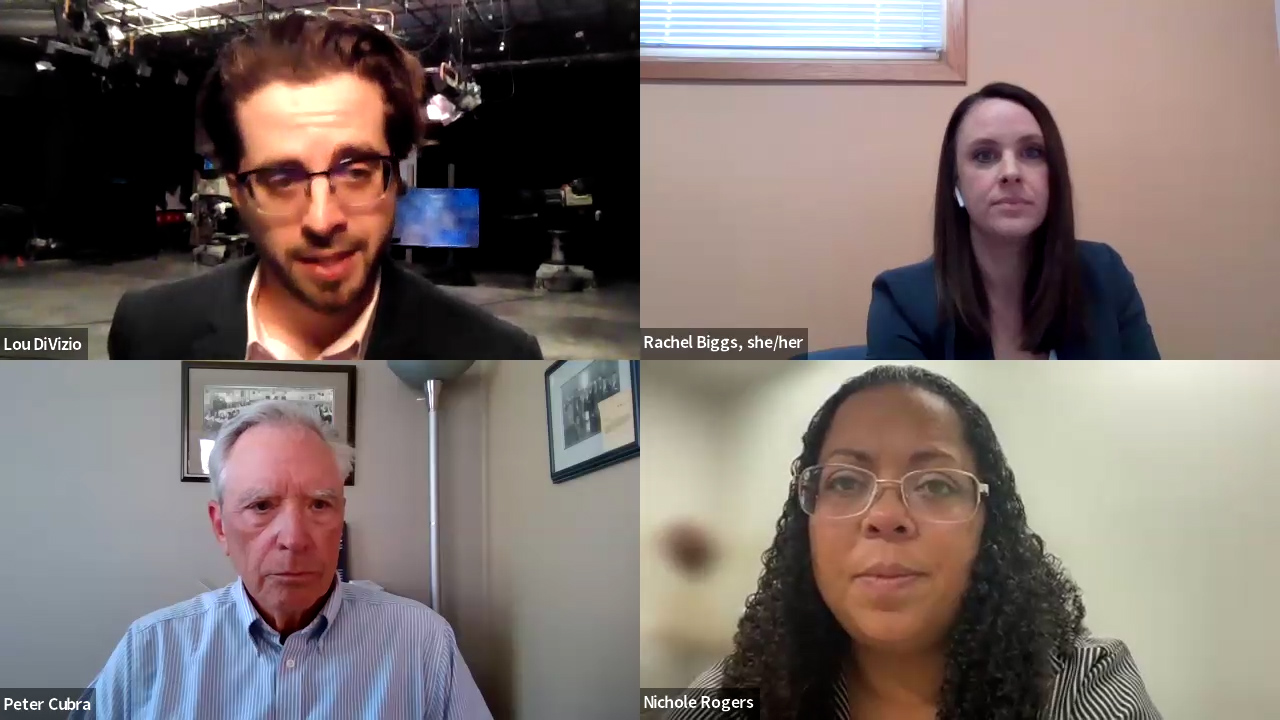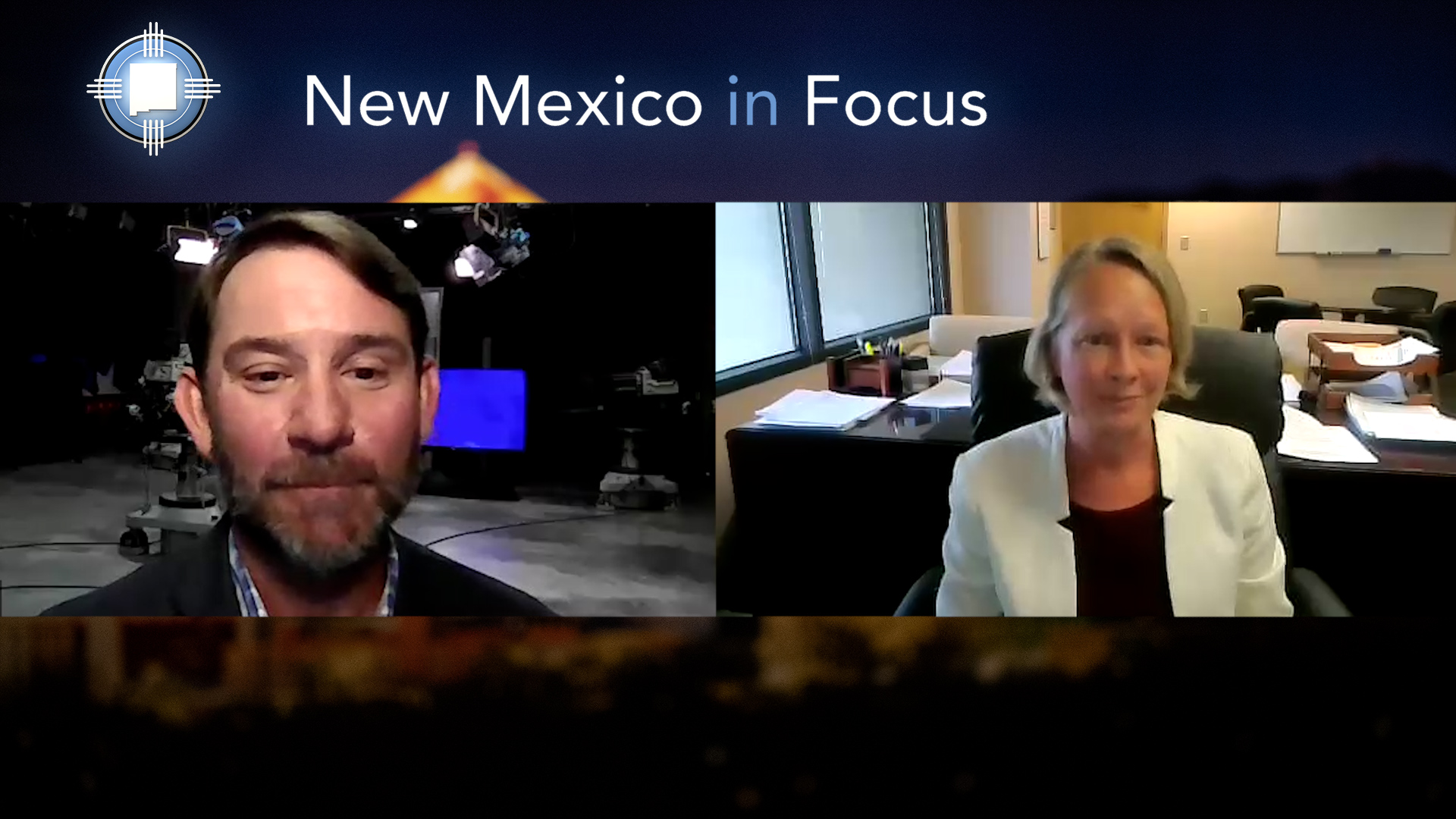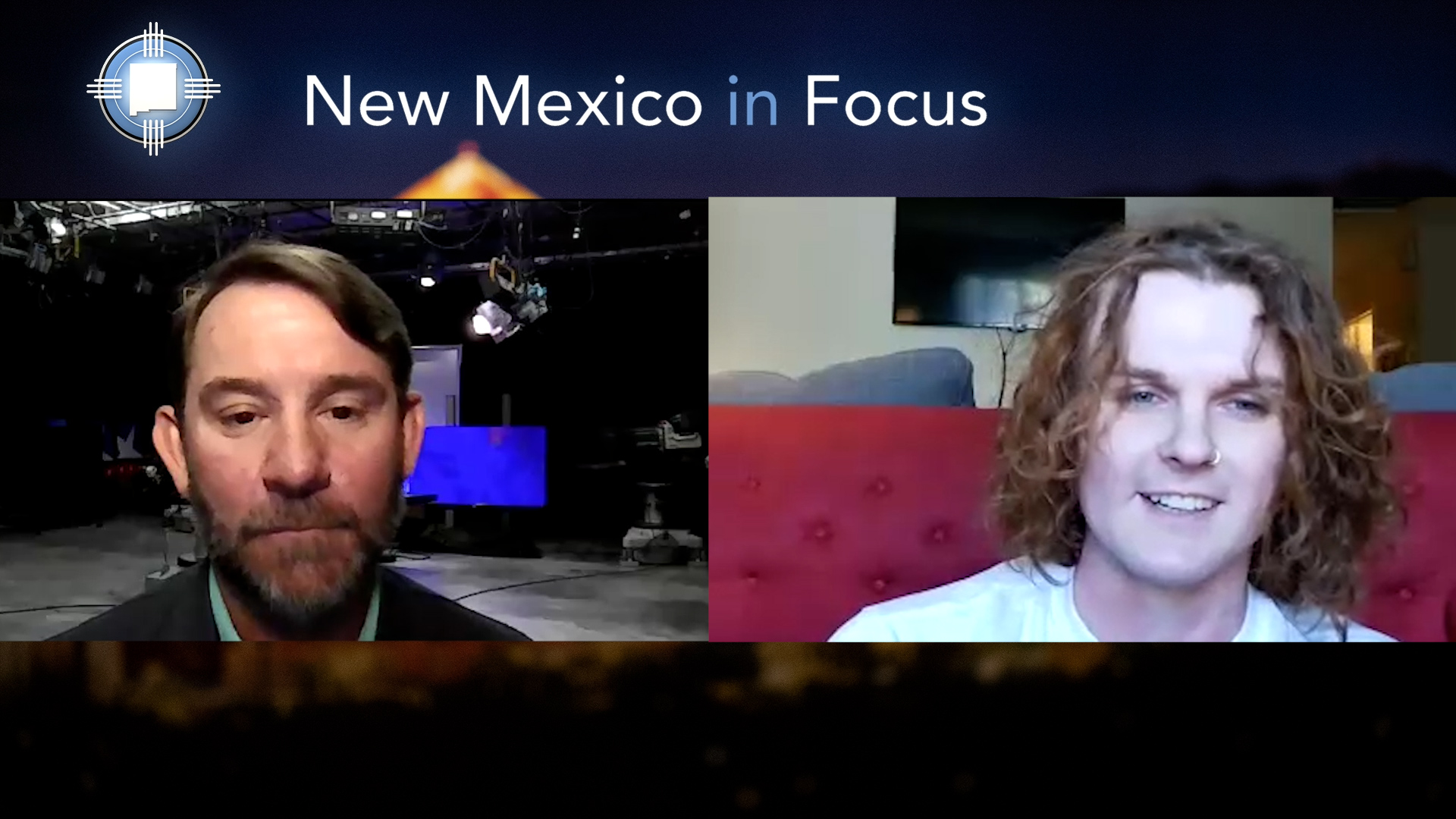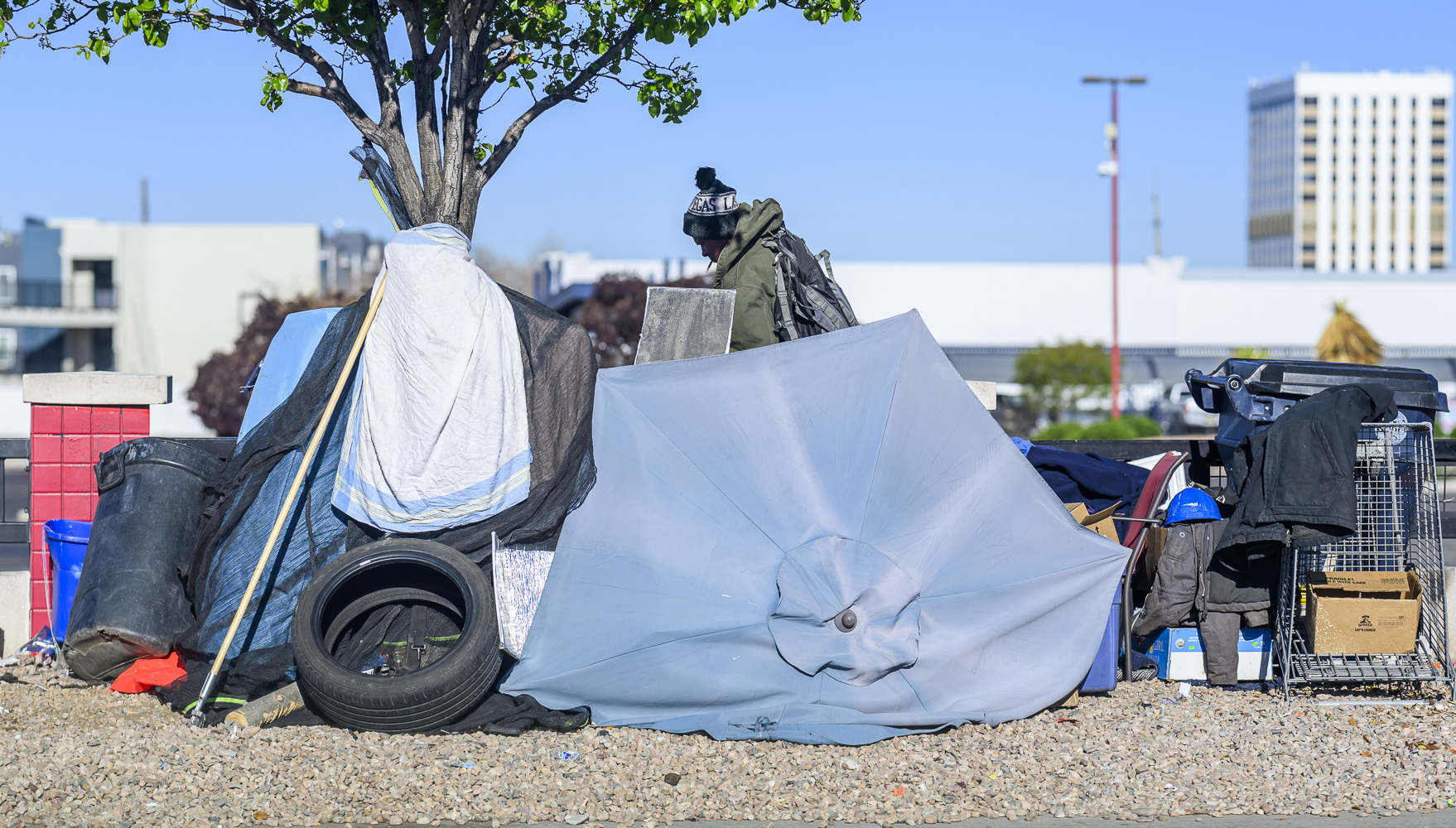Solutions Not Scapegoats, Please
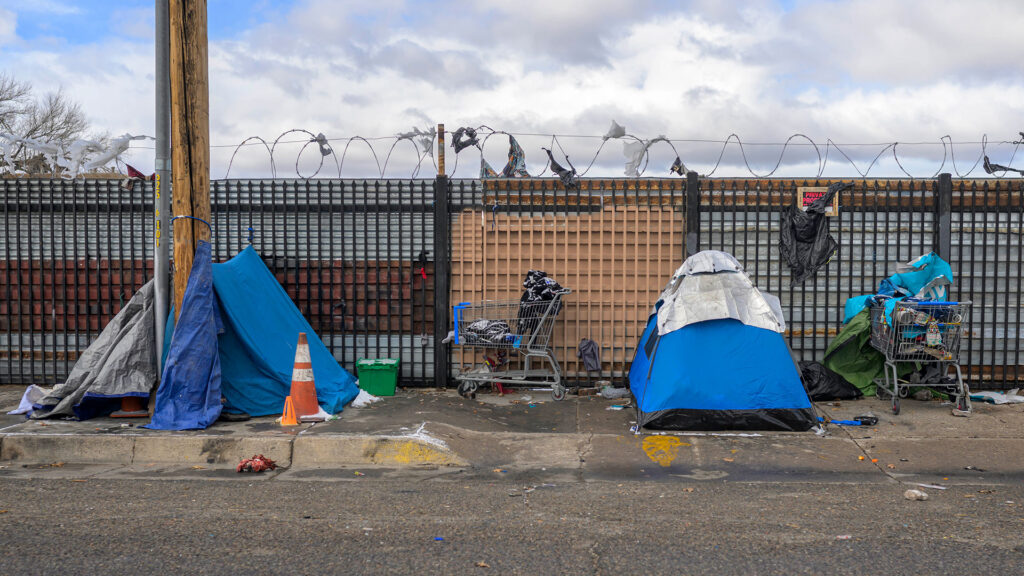
It’s been nearly a year since I’ve used this space to write about homelessness, an issue that seems to be stirring more and more public angst around our state, particularly in Albuquerque. As attention has sharpened, the number of homeless people in the state’s largest city has continued to rise. We know that, definitively, through the annual Point-In-Time Count from the New Mexico Coalition to End Homelessness. That dataset is a vital tool for advocacy groups and policymakers working to craft legislation or create supportive services based on hard numbers.
We do not have any data, however, to answer the following question: Why in the last year have prominent state and local politicians failed to provide any real solutions for the growing number of people living outside, while increasingly linking homelessness to crime?
As we contemplate that question, we shouldn’t ignore a few correlated trends. First, homelessness is closely tied to public perception of crime, even when there is no direct connection. As documented by researchers across 16 American cities in 2020, respondents living in places with higher rates of unsheltered homeless people were more likely to associate homelessness with crime and danger — regardless of changes in actual crime rates.
That truth about perception, combined with the current fervor over public safety in New Mexico stoked by high-profile shootings, gives our leading politicians an easy scapegoat to appease voters, even if there is no connection. And it seems that incentive is the driving motivator, not only for Gov. Michelle Lujan Grisham, but for others across the country, too.
As I’m sure many of you are aware, California Gov. Gavin Newsom last month issued an executive order directing state agencies to start clearing encampments on state land. And just this week Newsom threatened local municipalities to clean up encampments now or lose out on state funding next year. Newsom even tossed on a baseball cap and some jeans this week, headed to Los Angeles, and started clearing an encampment himself — all in front of a bank of television cameras, of course. These are not the actions of someone interested in solving the homeless crisis, but of one desperate to turn down the heat on public perception before it boils over and scalds his political future.
It seems Lujan Grisham is of similar mind, offering this response during a recent public safety town hall in Albuquerque. Here’s what she said when asked whether she’d pursue a path like Newsom’s, as reported at Source New Mexico:
“I’ve been evaluating that, I’m looking at it carefully… All of the states are incredibly frustrated by the fact that we want to house people, we want to support people, we want compassion and respect, we don’t want to vilify any of these issues: being poor or mentally ill. That would be awful. But we have serious felony-level crime occurring, and it makes it unsafe for anyone to walk to work, to go to their car, to go to the hospital, to go to a park, to go to school.”
Lujan Grisham once again is hyping up the perception that we are not safe, that our public safety system is broken, and that homeless people are a driving reason. All of this, once again, without data to support it.
That’s because no data exists.
Despite that rhetoric, many people remain sincerely devoted to finding solutions to what is an undeniable problem. This week on New Mexico in Focus, we spoke with several of those folks. I talked to City Councilor Nichole Rogers, who represents the International District, about how the situation is evolving for her constituents and the work she’s doing to attack the underlying cause of homelessness: poverty. Peter Cubra, an attorney and longtime advocate with the Coalition for a Safer Albuquerque, explains the quantifiable damage arresting and detaining homeless people is doing to our criminal justice system, and by extension, public safety in a broader sense. And Rachel Biggs, chief strategy officer for Albuquerque Health Care for the Homeless, details the work her organization is doing through individual outreach and data gathering to inform effective policymaking.
That data won’t point to any easy fixes. It will, as it has for years, indicate that a true remedy for this problem does not lie in increasing encampment sweeps or getting a panhandling ban on the books. The solution is to create more housing. And until our leading elected officials loosen their grasp on the false narrative equating crime with homelessness and listen to the people devoted to ending this crisis, we will find ourselves exactly where we are right now.
– Lou DiVizio, Senior Producer
-
Working Towards Solutions for Albuquerque’s Unhoused
8.9.24 – Attorney Peter Cubra, Rachel Biggs from Health Care for the Homeless and District 6 City Councilor Nichole Rogers share…
-
ABQ City Attorney Explains City’s Homelessness Policies
8.9.24 – Executive Producer Jeff Proctor speaks with Albuquerque City Attorney Lauren Keefe for the city’s response to the Albuquerque Human…
-
ABQ Human Rights Board Alleges Violations of Homeless Rights
8.9.24 – Executive Producer Jeff Proctor zooms in on the Albuquerque Human Rights Board’s recent draft report alleging the city routinely…
-
Understanding Encampment Responses Since SCOTUS Decision
8.9.24 – Senior Producer Lou DiVizio speaks with three experts about the City of Albuquerque’s approach to dealing with a growing…


